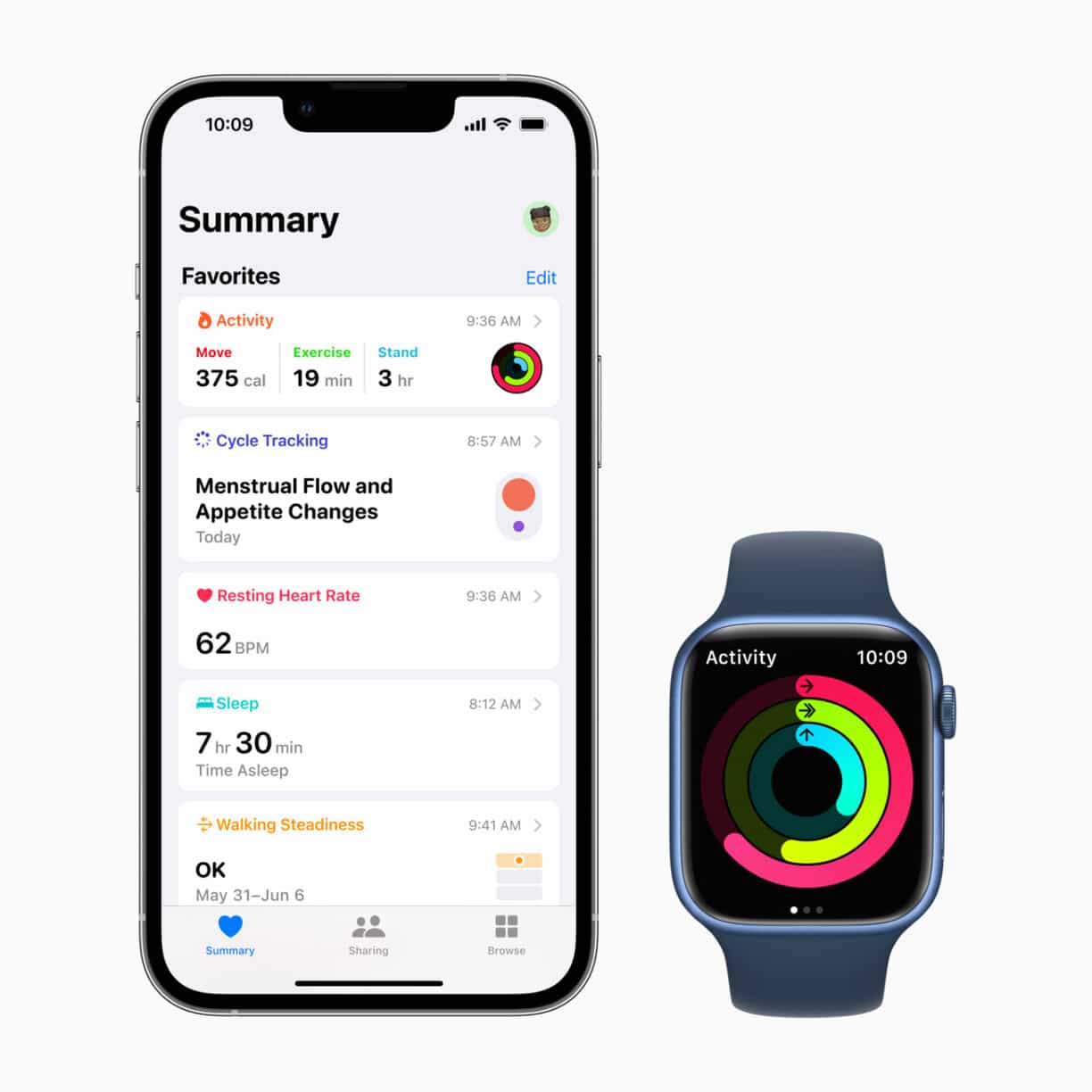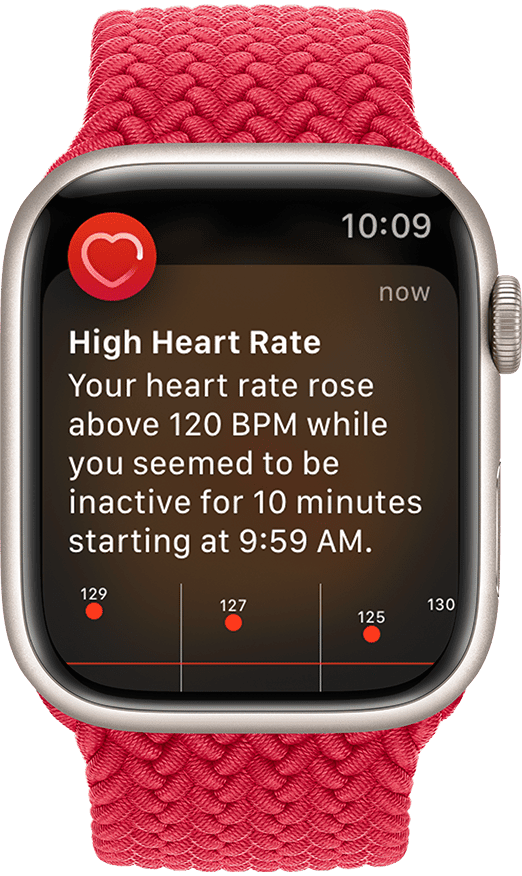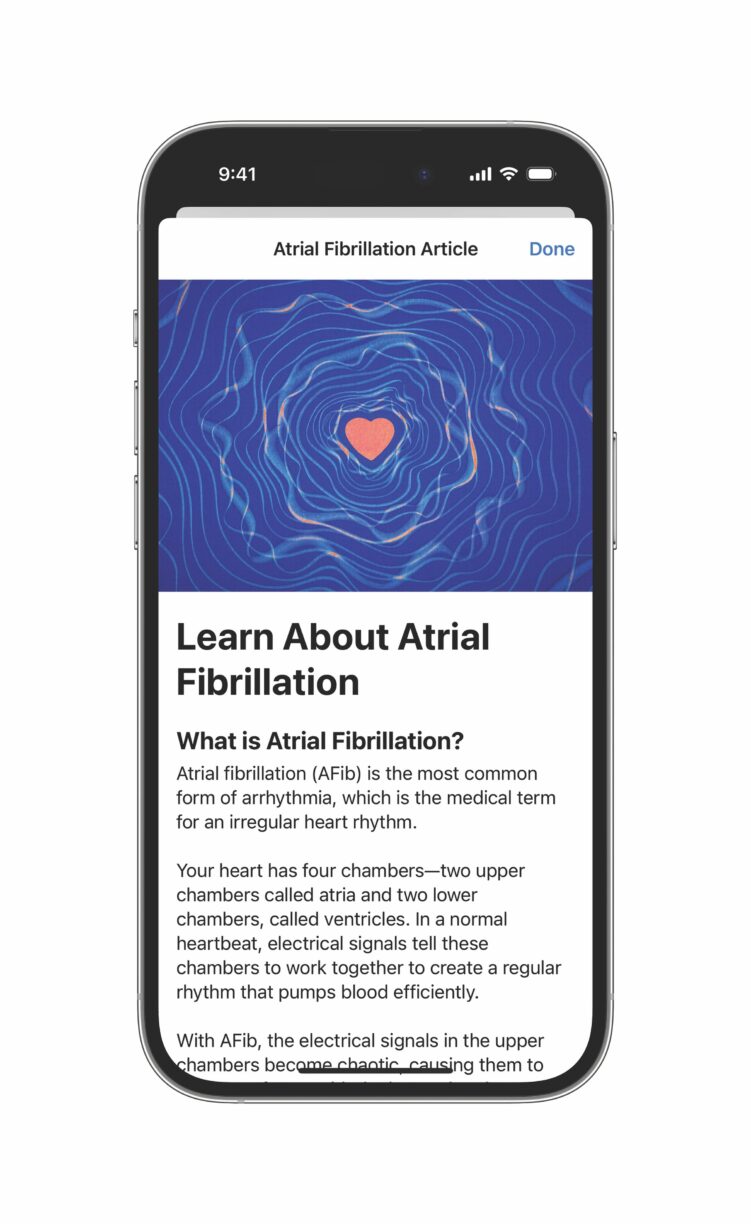February is National Heart Month, and while we all know that looking after our heart health should be a year-round priority, this month offers the perfect excuse to be even more mindful of your ticker. And what better way to do that than with the Apple Watch?
Since its debut in 2015, the Apple Watch has been at the forefront of wearable tech innovation, offering users an unprecedented way to monitor their cardiovascular wellbeing.
Whether you’re a fitness professional managing clients or a cardiologist seeking additional insight into your patients’ needs, this little device is transforming how we understand our bodies.

Here’s a closer look at how the Apple Watch can help you keep tabs on your heart rate and overall fitness throughout National Heart Month and beyond:
- Cardio Fitness
The Cardio Fitness feature provides a scientifically validated estimate of your VO₂ max—that’s your body’s ability to take in oxygen during exercise. Recognised by the American Heart Association as a key predictor of overall health, VO₂ max is something you can improve with regular, more rigorous exercise. The Watch even lets you know if your levels dip into the “low” range, signalling that it might be time to kick your workouts into a higher gear.
- High and Low Heart Rate Notifications
The Apple Watch keeps an eye on your heart rate, even when you’re at rest. If your heart rate climbs above 120 beats per minute or drops below 40 for a sustained period of inactivity, you’ll get a notification. This feature is designed to alert you to potential issues that might warrant further evaluation. Plus, you can adjust the thresholds or switch the notifications on or off as you see fit.
- Irregular Rhythm Notifications
This handy feature periodically checks your heartbeat for any irregular rhythms that could be suggestive of atrial fibrillation (AFib). Since AFib can sometimes be asymptomatic yet lead to serious complications like heart failure or stroke, early detection is key. With the Watch’s irregular rhythm notifications, you can be more proactive in managing your heart health.
- ECG App
For those moments when you experience a rapid or skipped heartbeat, the ECG app lets you record a single-lead electrocardiogram right from your wrist. Using sensors built into the Digital Crown and the back crystal, the Watch captures a detailed waveform along with the date, time, and any symptoms you’re experiencing. This information can be exported as a PDF and shared with your clinician, offering valuable insight into your heart’s activity.
- AFib History
Recently introduced, AFib History provides an estimate of how much time your heart shows signs of atrial fibrillation if you’ve been diagnosed with the condition. Research suggests that the duration of AFib episodes can correlate with the severity of symptoms and overall quality of life. This feature also lets you track lifestyle factors such as sleep, exercise, and weight, giving you a clearer picture of what might be influencing your heart health.
Technology has come a long way in helping us look after our bodies, and the Apple Watch is a prime example of how wearable tech can offer real, actionable insights.
This National Heart Month, consider using your Apple Watch not just as a gadget, but as a trusted companion on your journey to better heart health—from your daily activity levels to those critical moments when your heart needs a little extra attention.







